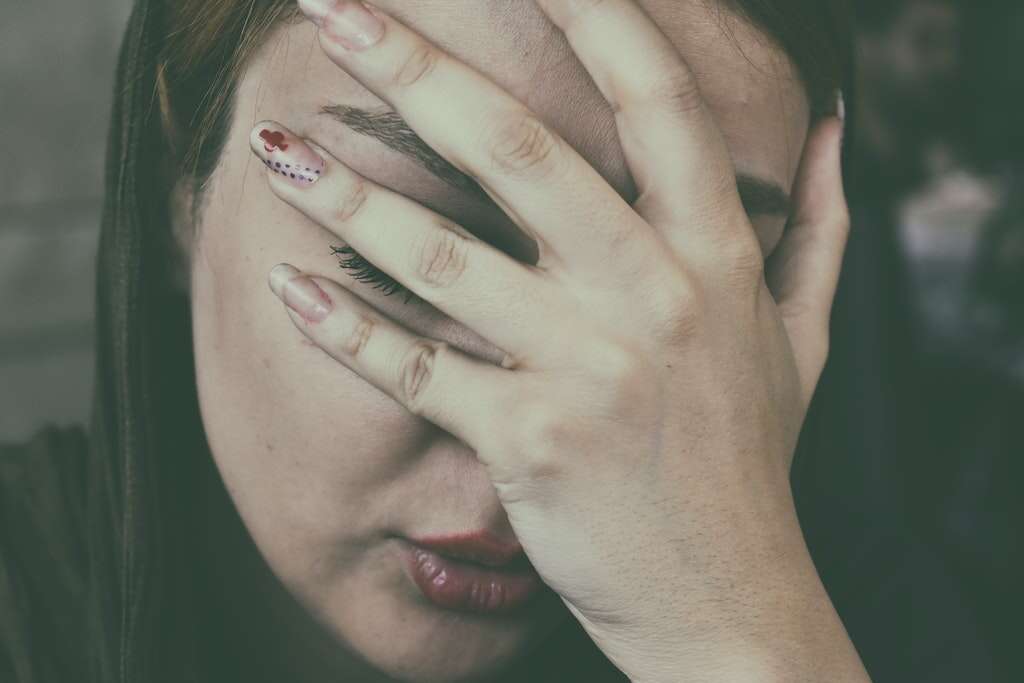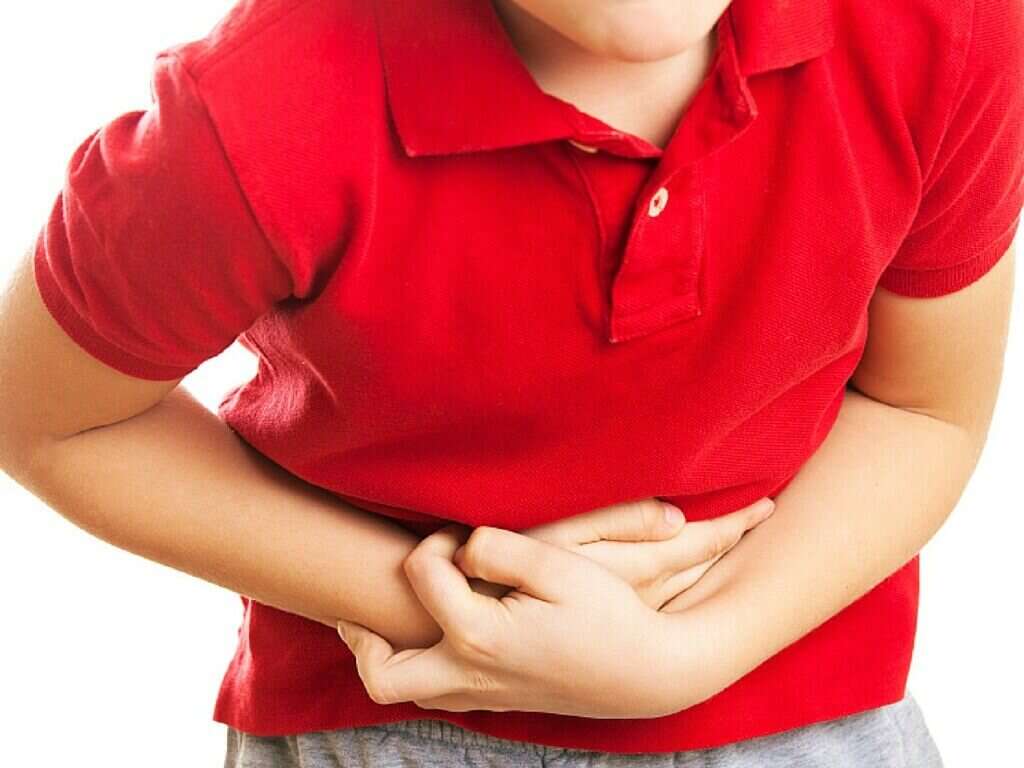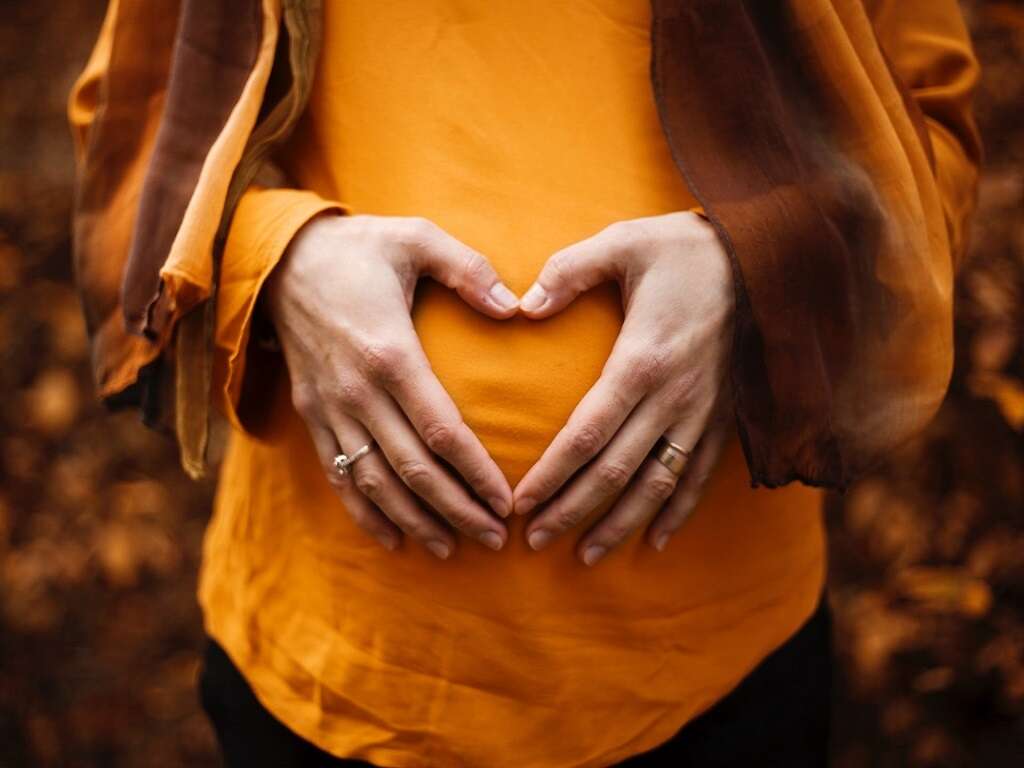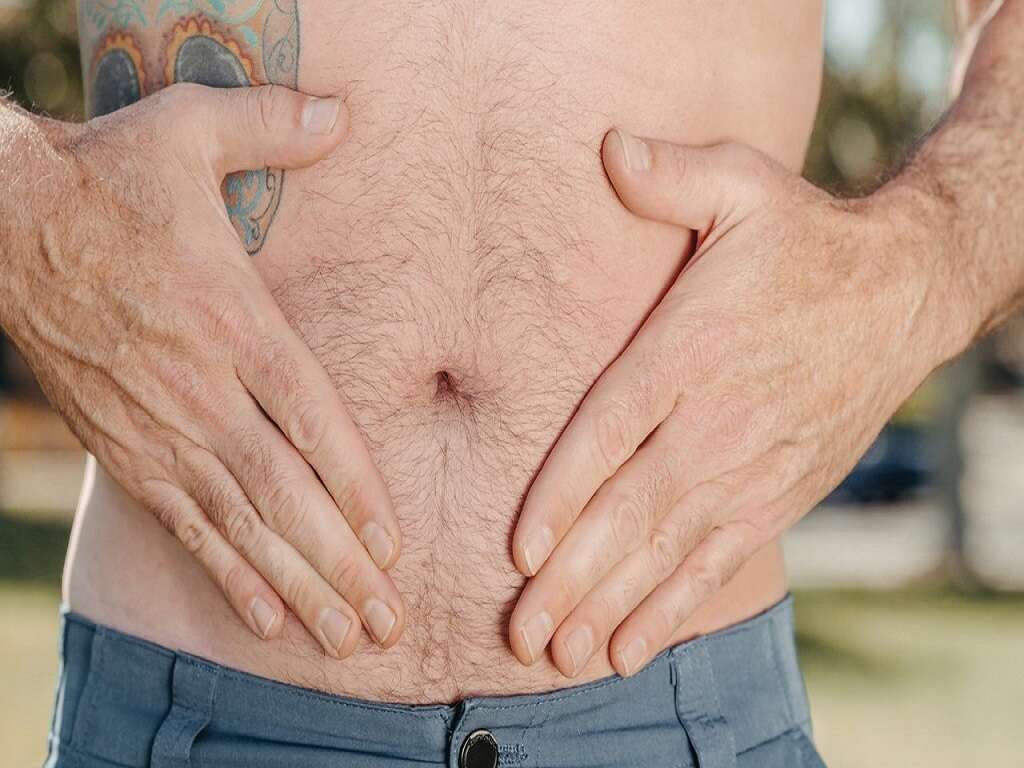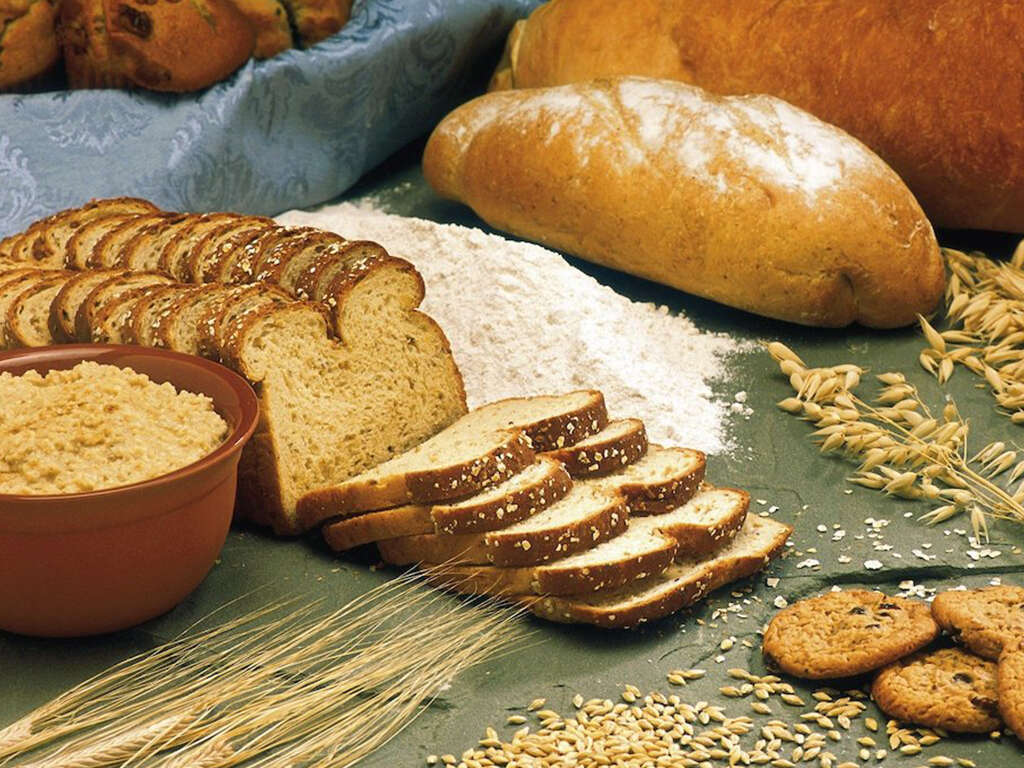Lower Abdominal Pain FAQs
 Article Sources
Article Sources
- 1. Cervellin, Gianfranco. 'Epidemiology and Outcomes of Acute Abdominal Pain in a Large Urban Emergency Department: Retrospective Analysis of 5,340 Cases.' PubMed Central (PMC). www.ncbi.nlm.nih.gov/pmc/articles/PMC5075866/.
- 2. 'Inflammatory Bowel Disease (IBD) Symptoms and Causes.' Mayo Clinic. 3 Mar. 2020, www.mayoclinic.org/diseases-conditions/inflammatory-bowel-disease/symptoms-causes/syc-20353315.
- 3. 'Irritable Bowel Syndrome Symptoms and Causes.' Mayo Clinic. 17 Mar. 2018: www.mayoclinic.org/diseases-conditions/irritable-bowel-syndrome/symptoms-causes/syc-20360016.
- 4. 'How to Tell If That Pain Is Your Appendix.' Health Essentials from Cleveland Clinic. 12 Nov. 2019: health.clevelandclinic.org/how-to-tell-if-that-pain-is-your-appendix/.
- 5. 'Inguinal Hernia.' UCSF General Surgery. generalsurgery.ucsf.edu/conditions--procedures/inguinal-hernia.aspx.
- 6. 'Diverticulitis Diagnosis and Treatment Mayo Clinic.' Mayo Clinic. 7 May 2020: www.mayoclinic.org/diseases-conditions/diverticulitis/diagnosis-treatment/drc-20371764#.
- 7. 'Kidney Stone Causes, Symptoms, Treatments, & Prevention.' American Kidney Fund (AKF). www.kidneyfund.org/kidney-disease/kidney-problems/kidney-stones/.
Those looking to get to the bottom of untimely cramps or discomfort may find a quick solution through self-diagnosis. However, when the pain persists, it's best to seek out medical attention.
Lower abdominal pain is a common ailment that could indicate a number of conditions, ranging in their severity. While it can indicate somewhat harmless conditions such as gas or indigestion, it may also point to more serious illnesses such as cancer or endometriosis. Acute abdominal pain accounts for 7 percent to 10 percent of emergency department visits, and it's worth knowing when to go.1Cervellin, Gianfranco. ‘Epidemiology and Outcomes of Acute Abdominal Pain in a Large Urban Emergency Department: Retrospective Analysis of 5,340 Cases.’ PubMed Central (PMC). www.ncbi.nlm.nih.gov/pmc/articles/PMC5075866/.
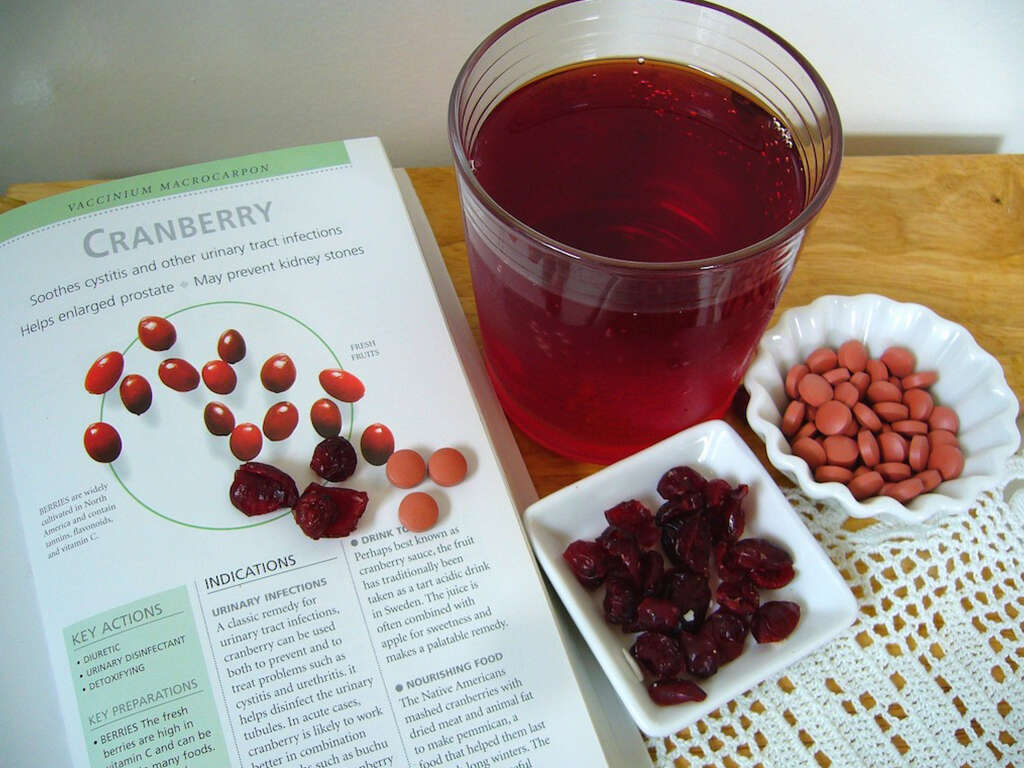
1. Irritable Bowel Syndrome (IBS) or Inflammatory Bowel Disease (IBD)
Irritable bowel syndrome and inflammatory bowel disease are two conditions that are similar in name and symptoms. Both affect the large intestine and frequent bowel movements, cramps, and gas are common symptoms. It's possible to have both these conditions at the same time.
IBS affects the gastrointestinal tract, and its exact causes aren't known; however, contributing factors include stress, dietary changes and muscle contractions. In most cases, it can be managed with diet and exercise. IBD is an inflammatory disease that can cause ulcers (ulcerative colitis) or inflammation of the digestive tract's inner lining (Crohn's disease). Treatment may include medication or surgery.2‘Inflammatory Bowel Disease (IBD) Symptoms and Causes.’ Mayo Clinic. 3 Mar. 2020, www.mayoclinic.org/diseases-conditions/inflammatory-bowel-disease/symptoms-causes/syc-20353315.,3‘Irritable Bowel Syndrome Symptoms and Causes.’ Mayo Clinic. 17 Mar. 2018: www.mayoclinic.org/diseases-conditions/irritable-bowel-syndrome/symptoms-causes/syc-20360016.

2. Constipation
Constipation is a fairly common reason for lower abdominal pain and can be caused by a low-fiber diet or when there is low liquid consumption. This causes the bowel movements to harden, and it's much harder to move through the bowels.
Stool softeners, a diet high in fiber and an increase in water intake can bring some relief. However, if constipation persists and the pain increases or other symptoms such as nausea and fatigue accompany the pain, it's best to seek medical attention.

3. Appendicitis
Appendicitis is a serious condition that requires immediate medical attention. It's caused by the inflammation of the appendix, and the pain is experienced in the lower right abdomen. The inflammation can cause a rupture in the appendix which can lead to serious illness or even death.
A rupture of the appendix can take place within 48 to 72 hours of the first symptoms starting to appear. While the pain is in the lower right abdomen, many report that the pain starts around the navel.4‘How to Tell If That Pain Is Your Appendix.’ Health Essentials from Cleveland Clinic. 12 Nov. 2019: health.clevelandclinic.org/how-to-tell-if-that-pain-is-your-appendix/.

4. Gynecological Causes
Pain that emanates from the pelvic area, upwards towards the navel and even in the lower back may stem from gynecological issues such as menstrual pain, endometriosis and complications with the pregnancy.
The pain can range from a constant dull ache to sharp intermittent cramps. It's best to seek medical attention if the pain persists, even during menstrual cycles, as it may indicate cysts or ovarian fibroids. Pain during pregnancy needs immediate medical attention.

5. Bladder Infection
A bladder infection can range from a dull ache and uncomfortable urination to debilitating pain that may lead to hospitalization. The pain is experienced in the lower abdomen and the back.
Other symptoms to look out for include frequent urination and foul-smelling urine. While mild infections may go away, more severe infections may require a course of antibiotics to clear up the infection. Plenty of water, cranberry juice and over-the-counter medication may relieve the symptoms temporarily.
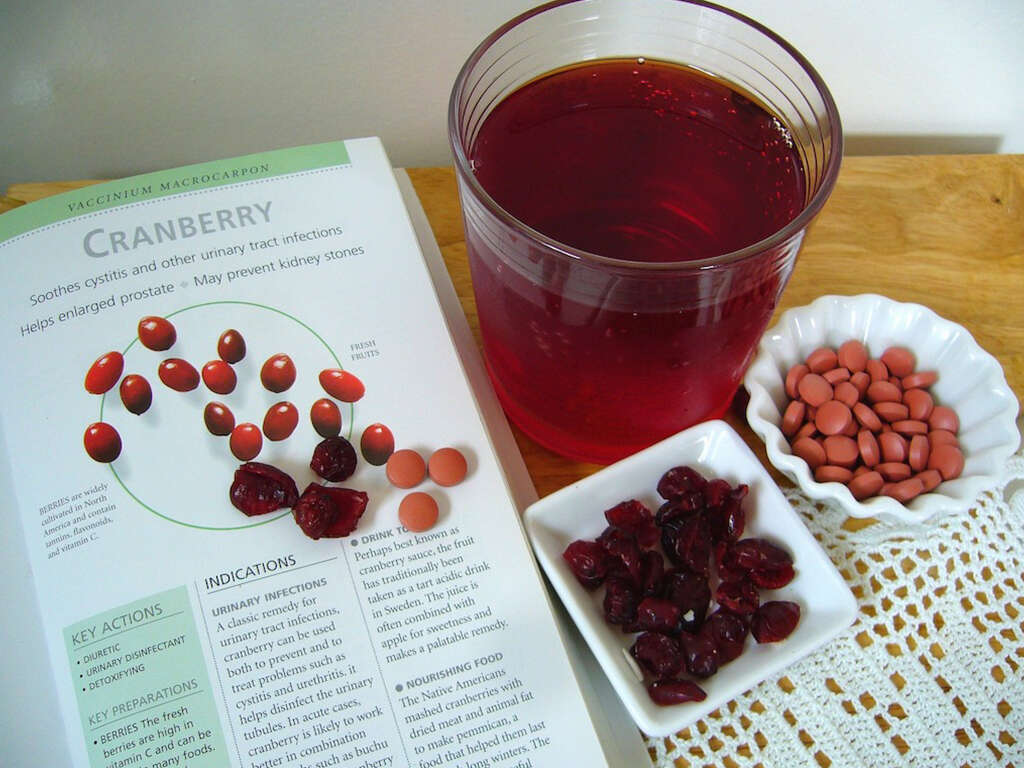
6. Prostatitis
For men, pain in the pelvic area could be caused by prostatitis. There are four types of prostatitis, and not all of them are bacterial. There are chronic and inflammatory types as well, which may need additional courses of treatment.
The pain emanates from below the bladder and can often be felt between the bladder and the rectum. Other signs to look out for include trouble passing urine or ejaculating and the need to urinate often.
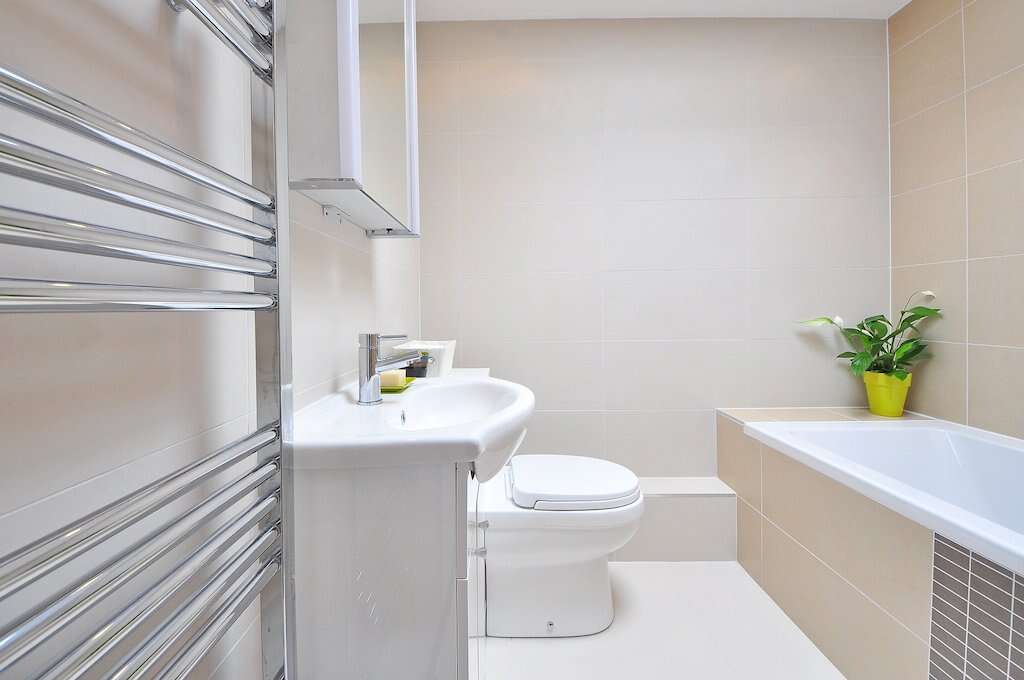
7. Inguinal Hernia
Inguinal hernias affect around 27 percent of men and 3 percent of women. Weak abdominal muscles can cause the intestine or fat to slide through the muscle and in men, the groin appears enlarged.
In women, a small bulge will appear on one or either side of the groin. Other symptoms include pain during activity, especially heavy lifting. There may also be a burning sensation in the bulge itself.5‘Inguinal Hernia.’ UCSF General Surgery. generalsurgery.ucsf.edu/conditions–procedures/inguinal-hernia.aspx.
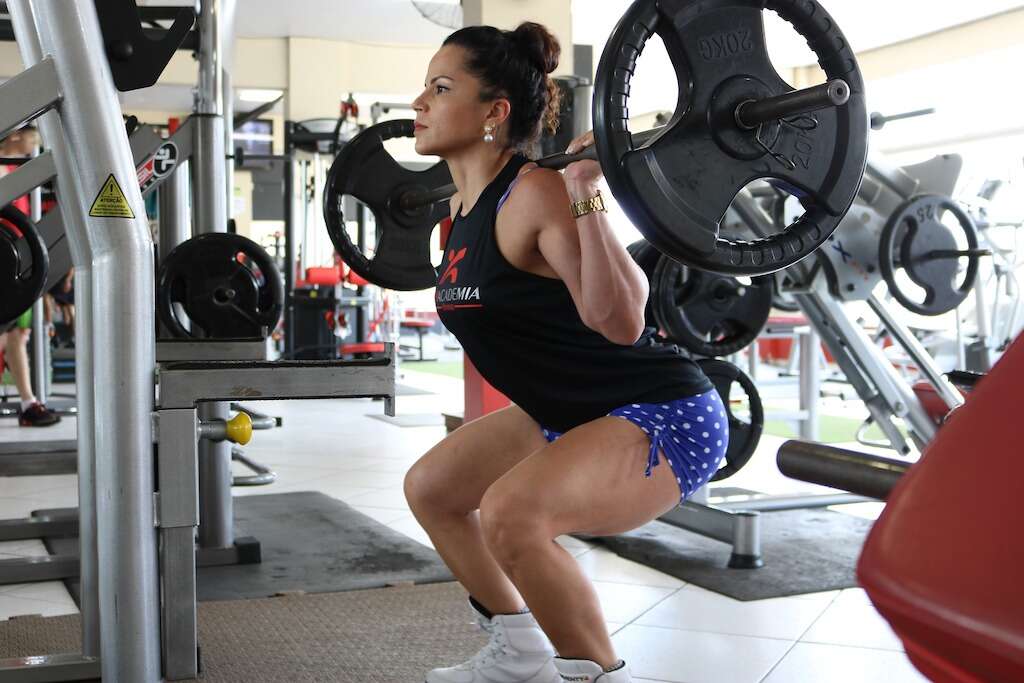
8. Diverticulitis
Diverticulitis is a condition where little pouches, called diverticula, form in the colon. These marble-sized pouches form in weak spots along the colon and when they become inflamed, can cause serious discomfort.
While it's likely that the diverticula might remain in the colon forever, mild cases don't need antibiotics or treatment, only a special liquid diet. More severe cases may require surgery or extensive treatment programs. Symptoms include a sharp pain in the lower left abdomen.6‘Diverticulitis Diagnosis and Treatment Mayo Clinic.’ Mayo Clinic. 7 May 2020: www.mayoclinic.org/diseases-conditions/diverticulitis/diagnosis-treatment/drc-20371764#.

9. Indigestion
Indigestion leads to discomfort after meals and can cause discomfort in the upper abdomen. However, there are instances where the lower abdomen is affected too. Sharp pain, feeling bloated and gas are common symptoms.
While indigestion is not usually considered serious, chronic indigestion should be checked out by a medical professional as it could indicate other issues. Other symptoms could include heartburn or a burning sensation in the digestive tract.
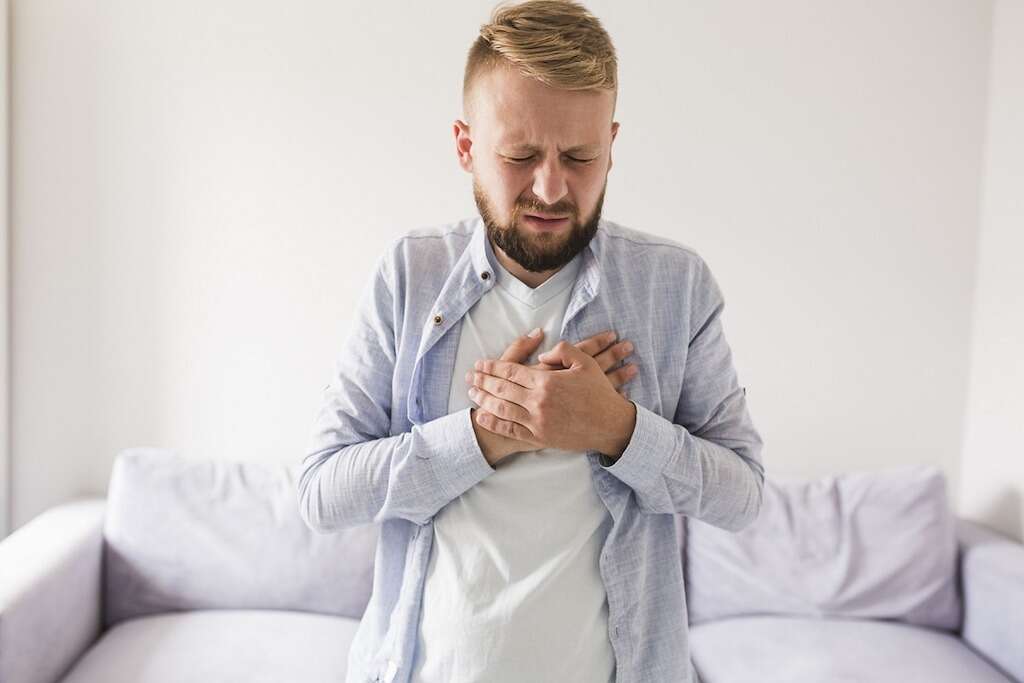
10. Kidney Stones
Kidney stones can range from mild discomfort in the lower abdomen and back to severe discomfort and pain when the stone is passed. Kidney stones form in the kidneys and are usually passed through urine. Sometimes medication is used to break up to stones to speed the process along.
Larger stones require surgical intervention. Along with pain, indicators that there are kidney stones include blood in the urine, pain while urinating and nausea and vomiting.7‘Kidney Stone Causes, Symptoms, Treatments, & Prevention.’ American Kidney Fund (AKF). www.kidneyfund.org/kidney-disease/kidney-problems/kidney-stones/.
